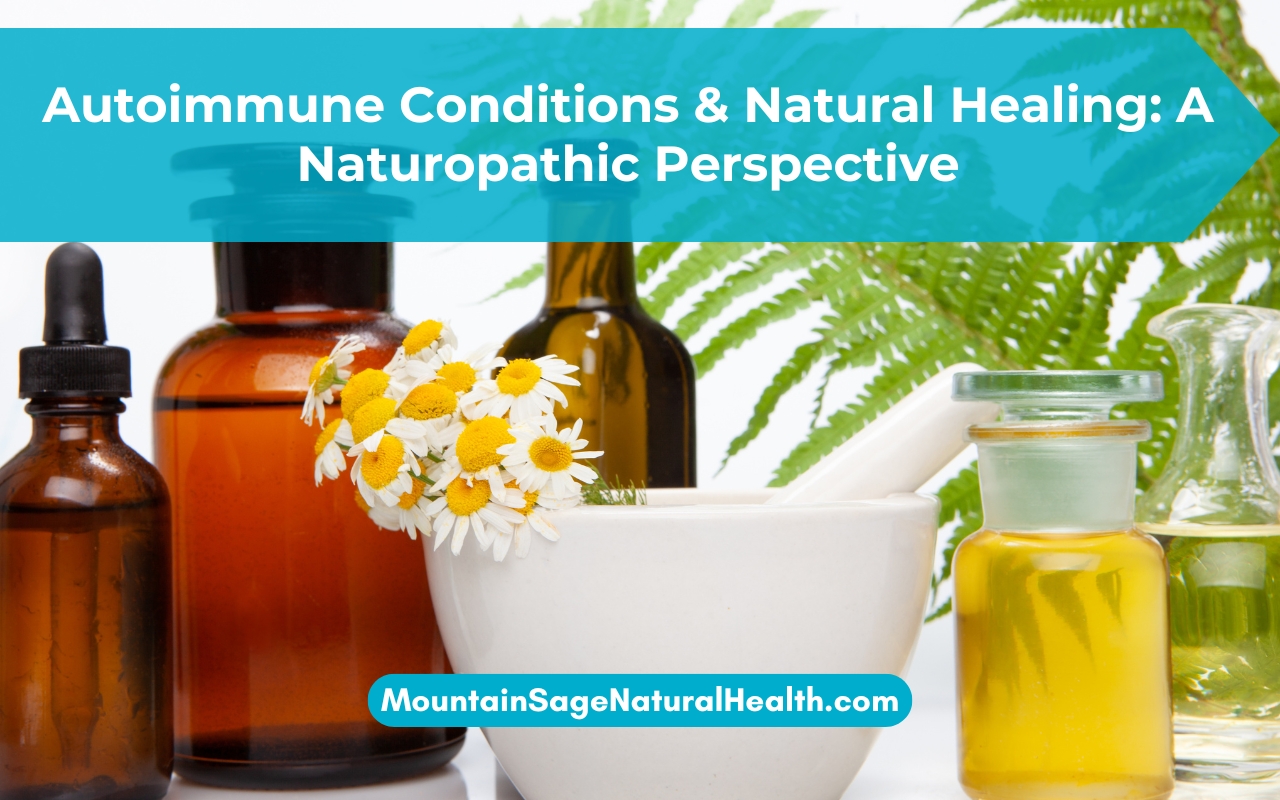
In today’s fast-paced world, where stress, distraction, and a relentless pursuit of success dominate our lives, the wisdom of ancient healing practices offers a refreshing perspective. These time-tested approaches to health and wellness not only prioritize physical well-being but also cultivate mental and emotional balance. This guide will explore how integrating these ancient principles into our modern routines can foster a holistic approach to healing, promoting overall well-being amidst the chaos of daily life.
Understanding Ancient Healing Practices
The roots of many ancient healing systems, such as Ayurveda and Traditional Chinese Medicine (TCM), date back thousands of years. They encompass a holistic understanding of health, emphasizing the interconnectedness of body, mind, and spirit. Unlike conventional medicine, which often focuses on treating specific symptoms, these systems aim to restore balance in the body by addressing underlying causes.
- Ayurveda: Originating from India, Ayurveda is one of the oldest medical systems in the world. It recognizes that each person has a unique constitution, or dosha, determined by the interplay of the five elements: earth, water, fire, air, and ether. Ayurveda teaches that maintaining balance among these elements is essential for optimal health. Practitioners recommend personalized dietary guidelines and lifestyle adjustments based on one's dosha, ensuring that individuals align their habits with their natural tendencies.
- Traditional Chinese Medicine (TCM): With roots that trace back over 2,500 years, TCM emphasizes the balance of Qi (vital energy) throughout the body. It operates on the principle that health is achieved when Qi flows freely, and blockages or imbalances can lead to illness. TCM incorporates practices such as acupuncture, herbal medicine, and tai chi to restore balance and promote healing.
Both of these systems emphasize prevention, encouraging individuals to adopt healthier lifestyles rather than merely curing ailments.
The Mind-Body Connection
One of the cornerstones of ancient healing practices is the recognition of the mind-body connection. This principle has gained traction in modern wellness discussions, as research continues to demonstrate the profound impact of mental and emotional states on physical health.
Practices such as meditation, yoga, and mindfulness promote awareness and encourage individuals to cultivate a state of inner peace. Regular engagement in these activities not only reduces stress but also enhances cognitive function, emotional resilience, and overall well-being.
Yoga, for instance, invites individuals to connect with their bodies through breath and movement, fostering a sense of unity and promoting flexibility and strength. Alongside physical benefits, yoga provides tools for managing anxiety and cultivating mindfulness, equipping practitioners to respond to life’s challenges with greater clarity and calm.
Similarly, meditation serves as a powerful tool for achieving mental clarity. By practicing mindfulness meditation, individuals learn to observe their thoughts without judgment, fostering a sense of detachment from the mind’s habitual patterns. This practice has been linked to reduced stress, improved concentration, and greater emotional regulation, aiding individuals in navigating the complexities of modern life.
Dietary Principles of Ancient Healing
Food is a powerful medicine, and ancient healing practices embody this notion. Ayurveda, in particular, places great emphasis on the concept of diet as a cornerstone of health. The Ayurvedic philosophy promotes Sattvic eating, which means consuming fresh, wholesome foods that nourish the body and mind.
This diet approach encourages the consumption of seasonal, locally sourced foods that align with individual doshic types. For instance, individuals with a dominant Vata dosha may benefit from warm, nourishing meals to ground their energy, while those with a Pitta constitution might thrive on cooling, refreshing foods to soothe their fiery nature.
Incorporating a variety of colorful fruits and vegetables, whole grains, legumes, and healthy fats not only supports physical health but also enhances emotional well-being. The psychological effects of nutrient-rich foods promote balanced moods, while processed foods and sugar-laden snacks can lead to emotional instability and low energy.
Additionally, embracing mindful eating practices allows individuals to connect with their food on a deeper level. By savoring each bite and paying attention to hunger cues, individuals foster a healthier relationship with food and cultivate gratitude for the nourishment it provides.
Integrating Herbal Remedies
Herbal medicine has been a staple of traditional healing practices for centuries. Each culture boasts a rich arsenal of medicinal plants and herbs, celebrated for their healing properties. Turmeric, for instance, is revered in Ayurveda for its anti-inflammatory effects, while ashwagandha is recognized as an adaptogen that helps the body cope with stress. These herbs can easily be integrated into daily routines, providing significant health benefits.
In contemporary wellness, herbal remedies have surged in popularity as individuals seek natural alternatives to synthetic medications. Many people are turning to herbs to alleviate various health concerns, from digestive issues to anxiety. With growing evidence supporting their efficacy, herbal medicine is gaining recognition as a valuable complement to conventional treatments.
Incorporating herbs can be as simple as brewing herbal teas, adding spices to meals, or utilizing supplements. As people explore the vast world of herbal medicine, they often discover the profound healing potential of nature, making these practices both accessible and effective.
Embracing Daily Rituals
Rituals hold tremendous power in our lives, shaping our habits, thoughts, and feelings. Ancient healing practices emphasize the importance of daily rituals, which help to ground individuals and instill a sense of routine and stability. Ayurvedic practices such as Dinacharya (daily routine) and Ritucharya (seasonal routines) guide individuals to align their lifestyles with natural rhythms.
For instance, starting the day with a mindful morning routine—incorporating practices such as tongue scraping, oil pulling, and meditation—can set a positive tone for the day ahead. By allocating time for self-care, individuals foster a deeper connection with themselves and establish a foundation of well-being.
Such rituals foster self-discipline and enhance awareness of the mind and body. They empower individuals to make conscious choices, ultimately leading to improved health and emotional resilience.
The Role of Movement
Movement is an inherent aspect of being human, and ancient healing practices celebrate the integration of physical activity into daily life. From yoga and tai chi to qigong and dancing, these practices offer not only physical benefits but also spiritual and emotional enrichment. Movement encourages the flow of energy, enhancing vitality and fostering a sense of well-being.
Incorporating regular physical activity into one’s routine has been proven to reduce stress, improve mood, and enhance overall fitness levels. Whether through a brisk walk in nature or a guided yoga class, movement can serve as a powerful antidote to the stressors of modern life.
Moreover, engaging in group activities fosters a sense of community and belonging, enhancing social connections and support networks—essential components of overall health. In this sense, movement becomes a practice of self-care that nourishes both the body and spirit.
Cultivating Emotional Well-Being
Emotional well-being is an essential aspect of holistic health. It is crucial to acknowledge and address emotional needs in our pursuit of balance. Ancient healing practices stress the significance of emotional intelligence and self-awareness, encouraging individuals to understand their emotions and respond to them mindfully.
Techniques such as journaling, expressive arts, and mindfulness practices provide valuable tools for processing emotions. Maintaining a journal, for example, allows individuals to reflect on their thoughts, experiences, and feelings, fostering a sense of clarity and self-understanding.
Moreover, connecting with nature has been shown to enhance emotional well-being. Spending time outdoors, even if just for a few minutes each day, can significantly uplift mood and reduce feelings of stress. Nature acts as a powerful healer, encouraging mindfulness and presence in the moment.
Building a Supportive Environment
Creating a nurturing environment is vital in our journey toward holistic wellness. The spaces we inhabit influence our mood and mindset. Thus, it is essential to cultivate an environment that fosters tranquility and harmony, encouraging relaxation and reflection.
Incorporating elements of nature, such as plants, natural light, and soothing colors, can help create a serene atmosphere. Designating spaces for meditation, yoga, or quiet reflection allows individuals to carve out essential moments for self-care amidst their busy lives.
Moreover, surrounding oneself with supportive people fosters a sense of community and belonging. Engaging with individuals who share similar values and prioritize holistic well-being can serve as a source of inspiration and encouragement on the healing journey.
The Fusion of Ancient Wisdom and Modern Science
The resurgence of interest in ancient healing practices has sparked a fascinating dialogue between conventional medicine and traditional wisdom. As modern science increasingly validates the efficacy of these practices, healthcare professionals are beginning to recognize the value of integrative approaches to health.
This shift toward integrative medicine embodies a holistic understanding that encompasses both physical and emotional health. It invites healthcare providers to consider the individual as a whole rather than merely a collection of symptoms. This paradigm shift emphasizes the importance of personalized care and the incorporation of traditional healing methods alongside conventional treatments.
By embracing ancient principles, modern healthcare can foster a more inclusive and compassionate approach, ultimately leading to improved health outcomes.
Conclusion
As we navigate the complexities of modern life, the principles of ancient healing offer a guiding light—a roadmap to balance and wellness. By integrating these practices into our daily routines, we foster a deeper connection with ourselves and the world around us. From understanding the mind-body connection to embracing nourishing dietary habits, engaging in movement, and cultivating emotional awareness, ancient wisdom provides a wealth of tools for navigating the intricacies of contemporary life.
In this journey toward holistic health, let us honor the teachings of our ancestors and embrace the richness of traditional healing practices. By doing so, we not only promote our own well-being but also contribute to a more compassionate and harmonious world where each individual can thrive.
For further exploration of these ancient healing practices, resources like Ayurveda for Modern Life offer valuable insights and practical guidance for integrating these principles into daily life. By embarking on this transformative journey, we cultivate a future where ancient wisdom flourishes hand in hand with modern understanding.



